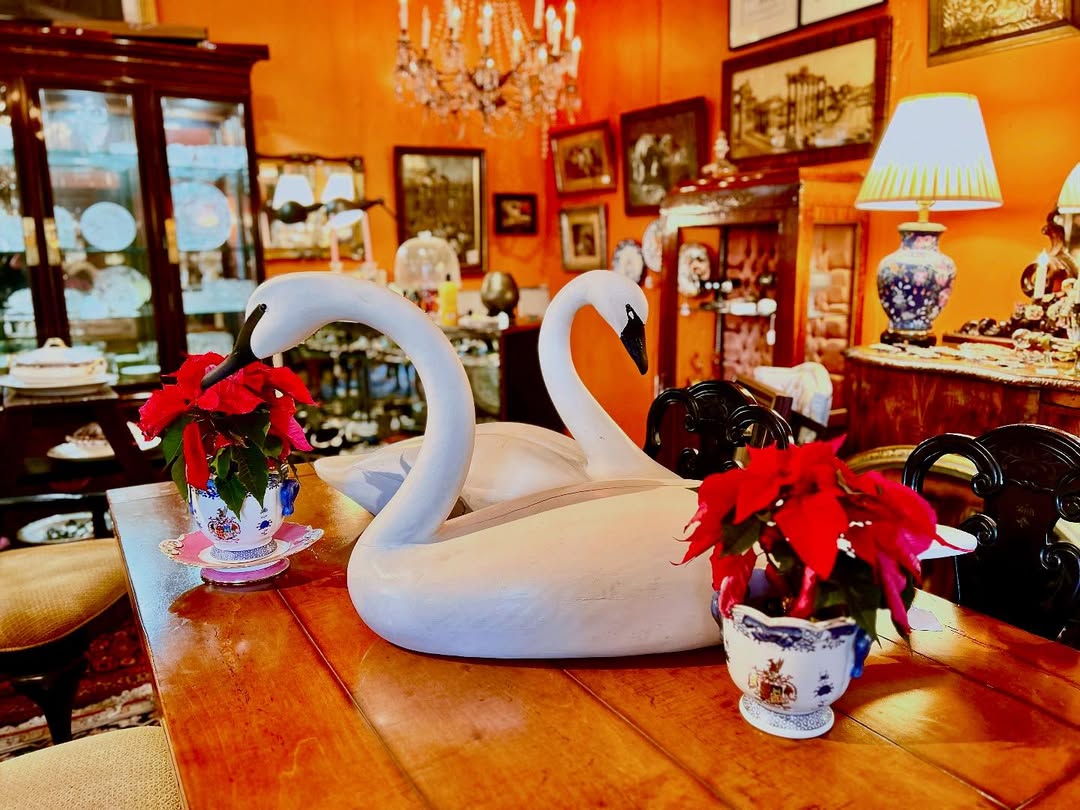Antique furniture is more than just an aesthetic addition to your home—it’s a piece of history. Whether passed down through generations or discovered in an antique shop, your furniture deserves the utmost care to preserve its beauty and integrity. Proper restoration and maintenance not only help your antiques retain their value but also ensure they continue to serve their functional purpose for years to come. Below are some essential tips on how to care for your antique furniture, from everyday maintenance to restoration techniques.
1. Regular Cleaning and Dusting
One of the simplest and most effective ways to maintain your antique furniture is by keeping it clean. Dusting regularly with a soft cloth helps prevent dirt and debris from building up, which can damage the surface of the furniture over time. Use a microfiber cloth or a soft, lint-free rag to gently wipe down the surfaces. Avoid using harsh cleaning chemicals or abrasive materials, as they can scratch or discolor the finish.
For more delicate furniture pieces, such as antique upholstery or carvings, use a soft brush attachment on a vacuum cleaner to remove dust from hard-to-reach areas. If your furniture has glass or mirrors, clean those areas with a mild glass cleaner and a soft cloth to maintain clarity and prevent smudging.
2. Avoid Direct Sunlight and Heat
Antique furniture, especially wooden pieces, is highly sensitive to sunlight and temperature fluctuations. Prolonged exposure to direct sunlight can cause fading and cracking of wood, fabrics, and finishes. To protect your furniture, keep it out of direct sunlight or use curtains and blinds to limit exposure during the day.
Additionally, avoid placing your furniture near sources of heat, such as radiators, fireplaces, or air conditioning units. The extreme temperature changes can cause the wood to expand and contract, leading to cracks, warping, and overall deterioration.
3. Maintain the Wood Finish
The finish on antique wooden furniture plays a crucial role in preserving its beauty and structure. Over time, the finish can become worn, scratched, or discolored. To maintain the finish, use appropriate wood care products like wax, oils, or polishes that are specifically designed for antique wood.
- Waxing: Applying a high-quality furniture wax can nourish and protect the wood. Wax creates a protective layer on the surface, helping to restore a natural sheen without causing damage to the wood’s original finish.
- Polishing: Lightly polishing your antique furniture with a soft cloth can bring back its shine. Be cautious, though, as over-polishing can create a buildup of residue, which could damage the wood over time.
- Oiling: For particularly dry or cracked wood, use a wood oil designed to penetrate the grain and restore moisture. Linseed oil is a popular choice, but always test it on an inconspicuous area before applying it to the entire piece.
4. Protect from Scratches and Stains
Antique furniture is more vulnerable to scratches and stains than modern pieces, so it’s essential to protect it. Use coasters or placemats under drinks and food to avoid watermarks or stains on the surface. For furniture with wood finishes, use felt pads on the bottoms of vases, lamps, or other objects to prevent scratches from heavy or rough items.
Additionally, be cautious about using abrasive materials like rough sponges or cleaning products with harsh chemicals, as they can leave permanent marks on your furniture.
5. Antique Furniture Restoration
Sometimes, despite your best efforts, your antique furniture may need more than just routine maintenance—it may require restoration. Restoration can be a delicate and complex process, as it involves returning the piece to its original condition without compromising its historical value. If your piece has sustained significant damage, here are some restoration tips:
- Wood Repairs: If your furniture has chips, cracks, or loose joints, a professional restorer can carefully repair and reassemble the piece using traditional methods like wood glue, clamps, or even dowels. Always seek a skilled restorer who specializes in antique furniture, as improper repairs can diminish the piece’s value.
- Upholstery Repair: For antique chairs or sofas with damaged upholstery, reupholstery can breathe new life into the piece. Look for a restoration specialist who can repair or replace fabric with materials that are consistent with the original design, ensuring that the piece maintains its authentic look.
- Finish Restoration: In cases of faded or damaged finishes, an expert can strip the old finish and restore it with appropriate techniques. This process requires precision to avoid removing too much of the original wood or altering the appearance of the piece.
6. Professional Help
When it comes to restoration, sometimes the best course of action is to enlist the help of a professional antique furniture restorer. While minor repairs can often be handled at home, complex or highly valuable items require specialized knowledge and skill to ensure that the restoration is done correctly. Professional restorers can carefully assess the condition of your furniture and provide recommendations for repairs, cleaning, and preservation that will maintain the integrity and value of your antique piece.
7. Store and Handle with Care
If you need to store your antique furniture for an extended period, make sure it’s stored properly to avoid damage. Store it in a cool, dry environment away from sunlight and extreme temperatures. Avoid stacking heavy items on top of your furniture, as this can cause permanent damage to delicate parts. If necessary, wrap furniture pieces in breathable fabrics (such as cotton sheets) to protect them from dust while allowing air circulation.
When handling your antique furniture, always lift it rather than dragging it. This helps prevent stress on joints and minimizes the risk of scratches or chips on delicate surfaces.
8. Insurance for Antiques
If you own valuable antique furniture, it’s a good idea to consider getting insurance for your collection. Antique furniture can be worth thousands of dollars, and insuring it will help protect your investment in case of theft, damage, or disaster. Check with your home insurance provider to see if your antiques are covered or if you need a specialized policy for higher-value items.
Conclusion
Antique furniture is not just a functional piece in your home; it’s a treasure that tells a story and represents the craftsmanship of a different era. By following these restoration and maintenance tips, you can preserve your antiques for future generations to enjoy. Regular cleaning, proper storage, and professional restoration will help your furniture retain its beauty and value while allowing you to appreciate the artistry and history that makes each piece unique. Whether you’re a seasoned collector or just starting out, taking care of your antique furniture is key to ensuring it lasts for years to come.

